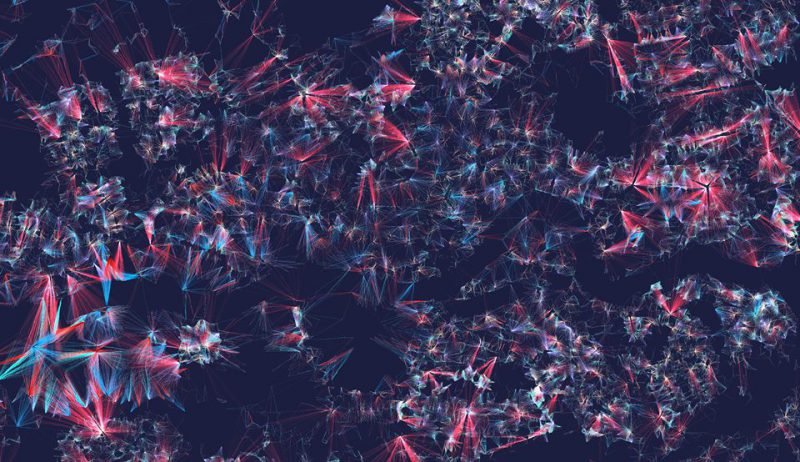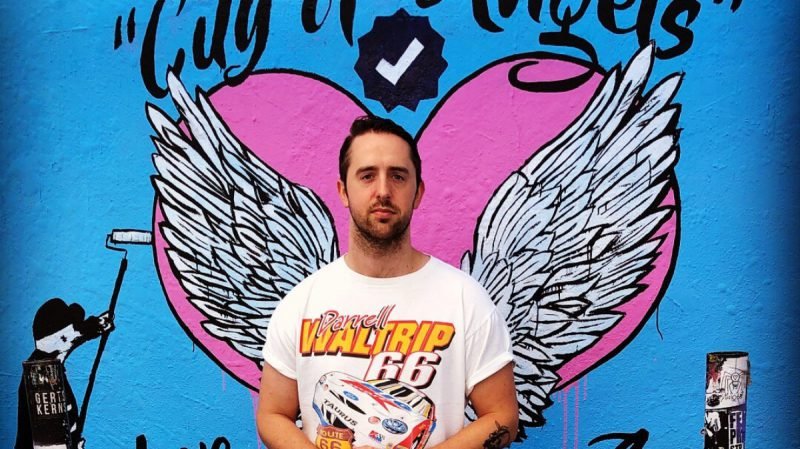Trend 10: Urbanism Made To Like
The city seems to be too boring in the eyes of many and that’s why new playful urban interventions will overload the urban landscape in the coming time. New generations of grown-ups want to experience the city as a playground and designers slowly get to understand this. Whereas street artists and non-commissioned urban interventionists started to experiment with these kinds of interventions over the past years, now also governments and brands aim to be playful in public space by creating and injecting urban play elements.

A good example of these urban interventions are guerrilla swings that popped up in numerous cities around the world over the last years. Not only meant for children, but for adults as well. Apparently a lot of urbanists keep good memories of the swings they came across in their childhood. Designer Bruno Taylor installed swings in bus stops in London as he found out that modern children play less and less outside. His swings became hot objects.
Transforming an ordinary traffic sign into a basketball waste bin, the French urban interventionist The Wa introduced his Basket Bin in his hometown Marseille. With this unsolicited initiative he stimulates people to do a little exercise when they throw away rubbish. A different but comparable initiative comes from Collectiv DC that also encourages people to play trash bin basketball, as well as several other urban games. Although both interventions tend to be a joke, the underlying ideas are very interesting and embody nothing but a good advice for urban planners and authorities.

As already mentioned, not only artists think that public space could use some playful interventions. This trend points to a broader understanding of the significance of the ‘play’ factor in urbanism. Volkswagen already came up with the Fun Theory, claiming that people’s behavior improves when things are made fun to do. The program involved plenty of urban play-driven projects and a even a competition. Adidas installed a boxing ball on a metro station platform for stressed commuters to get rid of their frustrations.
The world-famous slide to the train has proven that even governments seem to understand the role of urban play. This intervention by HIK Ontwerpers is officially called a ‘transfer accelerator’, but everyone else would say it’s a slide. Installed next to a stairway at Utrecht’s newly renovated Overvecht railway station, the slide offers travellers the opportunity to quickly reach the railway tracks when they’re in a hurry. But above all, the slide is a great instrument to make the city more playful.

The reason why ‘play the city’ will be a major trend over the next years is not only due to the fact that the urban set-up has become way too functional over the last decades, which surely is true. In addition, also the new media landscape plays a substantial role here. A large share of playful interventions are made to ‘like’ (on Facebook) and belong to the new social media reality urban designers and planners have to deal with. Picked up by bloggers and virally spread across Twitter and Facebook, these initiatives contribute to the popularity of a brand or a city. Playful interventions claim to make the city better to its users but in fact they particularly apply to a large group of people all over the world. That’s why artists, brands and governments all like to play around with playful ideas for urban environments. This is what we would call Facebook Urbanism.
This article belongs to the Top 10 Trends For 2012. Reflecting on what we’ve written in 2011 and looking into the new year, we’ve compiled a fresh list of remarkable trends that we consider to be important for our cities in 2012.



